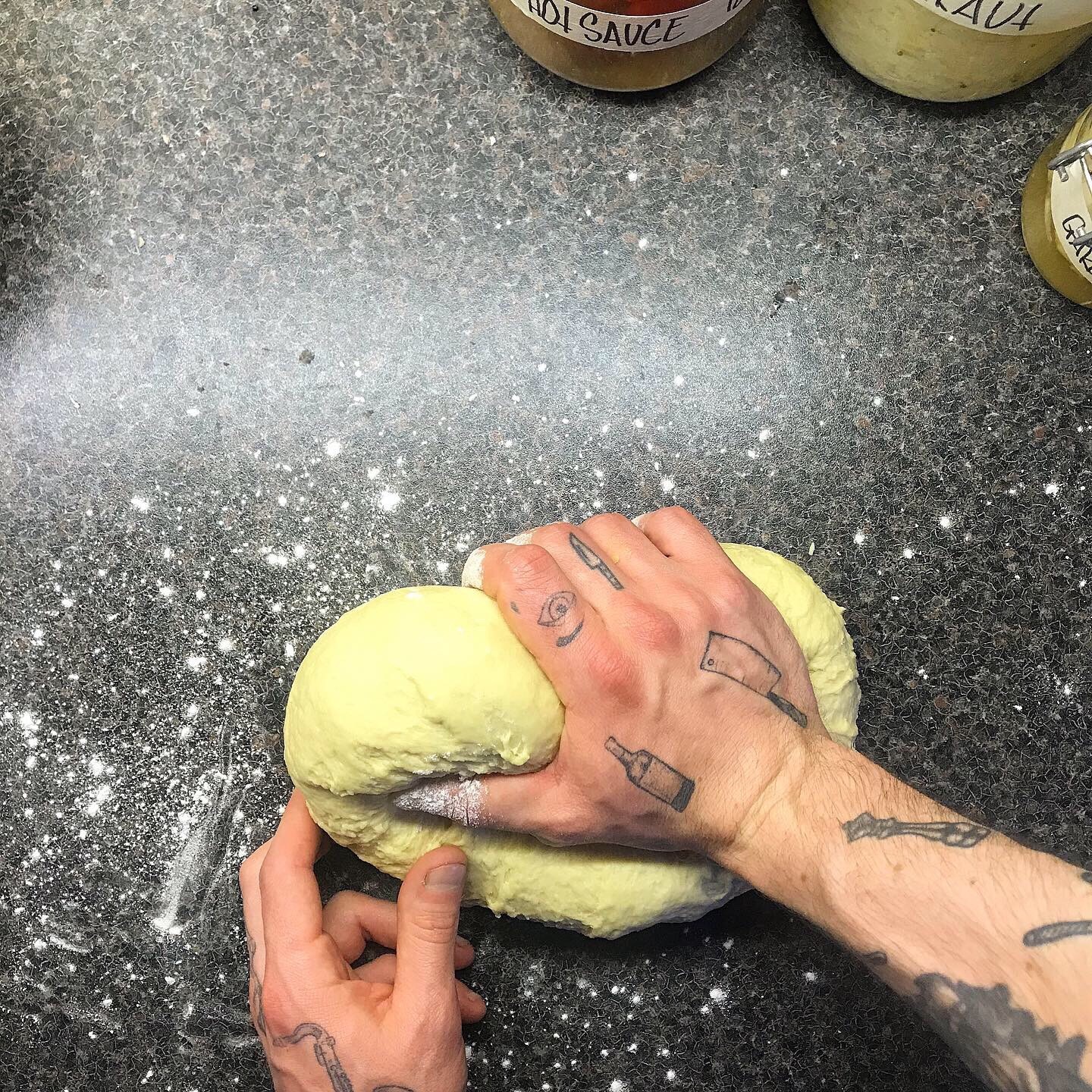chapter one: bread.
sourdough bread.
bread is one of the most ancient foods in history. creating bread from a culture of wild yeast has been done for thousands of years, but it lost its touch to commercially produced bread, full of preservatives and lacking many of the nutrients and flavours that made bread so damn good.
so that is why we are here. to take it back to basics. we will guide you through cultivating your own sourdough starter and maintaining it at home, to baking different loaves and various other goddamn delicious shit.
get up, grab a bag of flour, pick your favourite spoon, crack open a bottle of merlot and get that bread $.
your own starter: day one
sourdough bread, day one.
an active culture of wild yeast, which under your control can produce serious baked goods.
you need:
• (1) a glass jar, kilner brand preferably. when working with fermentation, good quality is essential.
• (2) water, a spoon/spatula, kitchen scales, a pen and paper, and flour.
• (3) weigh your jar without the lid.
• (4) write down the weight of the jar in a notebook, tell it to siri, or text it to your ma, it will make your life easier to know it.
• (5) flour. important. you cannot use bleached flour to create a sourdough culture, some bacteria will need to come from the grain itself, get yourself some wholewheat, rye, strong bread flour or unbleached white flour to kickstart things, different flours can be phased out later.
>weigh out 50g of your flour, and add it to your jar. *write this in notebook
• (6) weigh 75g of warm water, if you want to nerd out try and warm your water to around 29 degrees, but it’s not necessary at this stage for you at home. * write in notebook
• (7) pour the 75g of warm water into the jar of flour.
• (8) mix vigorously, preferably with a rubber spatula, a spoon will work if you are careful, I use this spoon because it’s sick af. mixing vigorously helps aerate your starter and get things moving
. • (9) a good jar comes into play here. you need a loose fitting lid, as the fermentation process will release gas which may pop, and you don’t want to be cleaning that up hangin on a Sunday morning.
• (10) screw or close the lid loosely, and place somewhere at room temperature, not too warm, for 24 hours. many factors such as bubbles, smell, alcohol and observing how your culture reacts is all coming soon, this is a simple introduction to get things going for you at home. tomorrow we will explore the first ‘feeding’ of your starter, stay tuned. slide into our dm’s with any deeper questions about this, or life in general.
